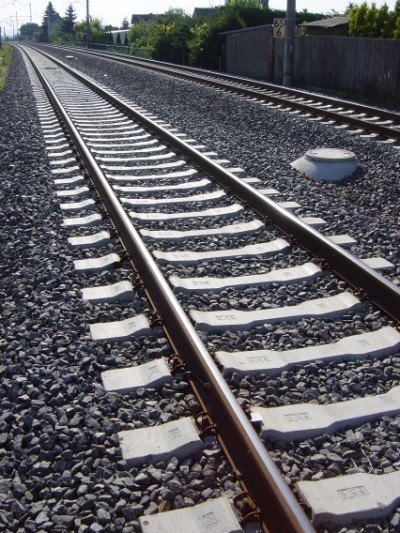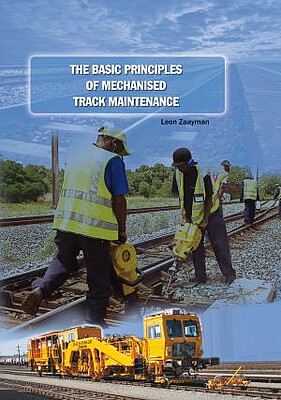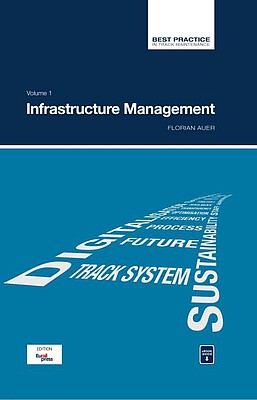Sleepers / Ties
In earlier times (i.e. approximately 190 years ago) the rails were laid on individual heavy stone blocks which consequently stabilised the track in a fixed position. To make it easier and faster to build railways, transverse sleepers made of wood were used in shapes such as rectangular, triangular, half-round and trapezoid (earlier form I, II and III). A new sleeper made of cast steel was also tested and it was found that this was suitable as hollow individual supports in trough, ball section, and bell shape. Also, long sleepers made of wood, steel and concrete and reinforced concrete have been tested. In the past engineers made considerable use of the wooden sleeper since it can be installed easily and quickly. However, with time the concrete sleeper has been generally accepted, as it is more eco-friendly.
The sleeper is the carrier and also the gauge holder of the rails. It has to absorb the vertical forces, so the loads placed on the rail can be transferred into the ballast. These are the requirements of a sleeper in operation. In addition, horizontal forces from the transverse hunting oscilation to the track, centrifugal forces in a curve and the longitudinal forces during braking and starting of the track must be transferred to the track bed.
By changes in the shape and surface friction the sleeper transfers these acting forces to the surrounding ballast, the complete ballast bed and further into the ground. As a result, the transverse displacement resistance is increased and a more stable track geometry achieved. The sleeper must withstand pressure and bending forces and, as an important precondition, it must also be weather resistant.
You can find suitable specialist literature to the topic here:
The Basic Principles of Mechanised Track Maintenance
This book is dedicated to the many people involved in the day to day planning and performance of track maintenance activities. Providing a practical approach to everyday challenges in mechanised track maintenance, it is not just intended as a theoretical approach to the track system.
Railways aim at transporting people and freight safely, rapidly, regularly, comfortably and on time from one place to another. This book is directed to track infrastructure departments contributing to the above objective by ensuring the track infrastructure’s reliability, availability, maintainability and safety – denoted by the acronym RAMS. Regular, effective and affordable track maintenance enable RAMS to be achieved.
Best Practice in Track Maintenance, Vol 1 - Infrastructure Management
Infrastructure Management Volume 1 looks at aspects of infrastructure management with particular reference to the single European railway area. Based on best-practice examples from Central Europe, measures for the targeted retrofitting and improvement of the infrastructure maintenance of the existing network are presented. In many cases, infrastructure operators are faced with a generational change, which accelerates the process. Modern information and communication technology can simplify the comprehension and presentation of complex contexts. Modified approaches to asset management and life-cycle management enable implementation of the "transparent permanent way" or the "railway 4.0".



